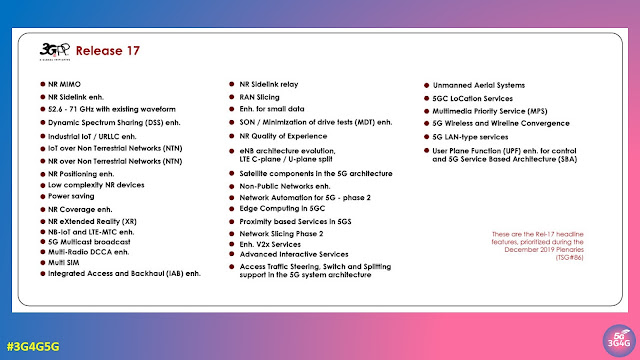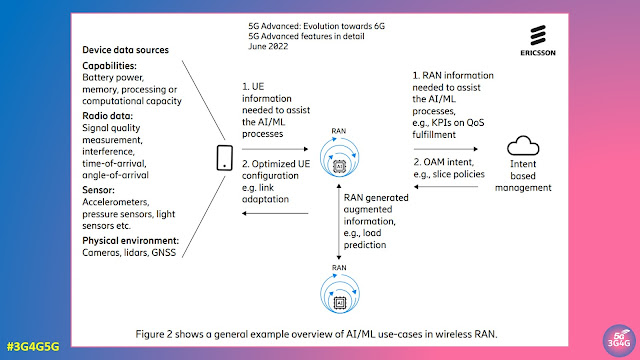One of the features that was introduced part of 5G NR 3GPP Release 17 is known as Small Data Transmission (SDT). When small amount of data, in case of an IoT device, needs to be sent, there is no need to establish data radio bearers. The information can be sent as part of signalling message. A similar approach is available in case of 4G LTE.
Quoting from Ofinno whitepaper 'Small Data Transmission: PHY/MAC',
The SDT in the 3GPP simply refers to data transmission in an inactive state. Specifically, the SDT is a transmission for a short data burst in a connectionless state where a device does not need to establish and teardown connections when small amounts of data need to be sent.
In the 3GPP standards, the inactive state had not supported data transmission until Release 15. The 3GPP standards basically allowed the data transmission when ciphering and integrity protection are achieved during the connection establishment procedure. Therefore, the data transmission can occur after the successful completion of the establishment procedure between the device and network.
The problem arises as a device stays in the connected state for a short period of time and subsequently releases the connection once the small size data is sent. Generally, the device needs to perform multiple transmissions and receptions of control signals to initiate and maintain the connection with a network. As a payload size of the data is relatively smaller compared with the amounts of the control signals, making a connection for the small data transmission becomes more of a concern for both the network and the device due to the control signaling overhead.
The 3GPP has developed the SDT procedure to enable data transmission in the inactive state over the existing LTE and NR standards. The device initiates the SDT procedure by transmitting an RRC request message (e.g., SDT request message) and data in parallel instead of transmitting the data after the RRC request message processed by a network. Additional transmission and/or reception are optional. The device performs this SDT procedure without transition to the connected state (i.e., without making a connection to the network).
The SDT enables for the network to accept data transmission without signaling intensive bearer establishment and authentication procedure required for the RRC connection establishment or resume procedure. For example, in the SDT procedure, the device needs only one immediate transmission of a transport block (TB) that contains data and RRC request message. Furthermore, the device does not need to perform procedures (e.g., radio link monitoring) defined in the connected state since the RRC state is kept as the inactive state. This results in improving the battery life of the device by avoiding control signaling unnecessary for transmission of small size data.
The principle of the SDT is very simple. The network configures radio resources beforehand for the data transmission in the inactive state. For example, if the conditions to use the configured radio resources satisfy, the device transmits data and the RRC request message together via the configured radio resources. In the 3GPP standards, there are two types of the SDT depending on the ways to configure the radio resources: (1) SDT using a random access (RA) and (2) SDT using preconfigured radio resources.
Figure 2 (top) illustrates different types of the SDT referred in 3GPP LTE and NR standards. The SDT using the random access in LTE and NR standards is referred to as an EDT (early data transmission) and RA-SDT (Random Access based SDT), respectively. For both the EDT and the RA-SDT, the device performs data transmission using shared radio resources of the random access procedure. Thus, the contention with other devices can occur over the access to the shared radio resources. The shared radio resources for the SDT are broadcast by system information and are configured as isolated from the one for a nonSDT RA procedure, i.e., the legacy RA procedure. On the other hands, the CG-SDT uses the preconfigured radio resources dedicated to the device. The SDT using the preconfigured radio resource is referred to as transmission via PUR (Preconfigured Uplink Resource) in the LTE standards. The NR standards refers the SDT using the preconfigured radio resource as CG-SDT (Configured Grant based SDT). The network configures the configuration parameters of the preconfigured radio resources when transiting the device in the connected state to the inactive state. For example, an RRC release message transmitted from the network for a connection release contains the configuration parameters of PUR or CG-SDT. No contention is expected for the SDT using the preconfigured radio resource since the configuration parameters are dedicated to the device.
You can continue reading the details in whitepaper here. Ofinno has another whitepaper on this topic, 'Small Data Transmission (SDT): Protocol Aspects' here.
3GPP also recently published an article on this topic here. Quoting from the article:
With SDT it is possible for the device to send small amounts of data while remaining in the inactive state. Note that this idea resembles the early GSM systems where SMS messages where sent via the control signalling; that is, transferring small amounts of data while the mobile did not have a (voice) connection.
SDT is a procedure which allows data and/or signalling transmission while the device remains in inactive state without transitioning to connected state. SDT is enabled on a radio bearer basis and is initiated by the UE only if less than a configured amount of UL data awaits transmission across all radio bearers for which SDT is enabled. Otherwise the normal data transmission scheme is used.
With SDT the data is transmitted quickly on the allocated resource. The IoT device initiates the SDT procedure by transmitting an RRC request message and payload data in parallel, instead of the usual procedure where the data is transmitted after the RRC request message is processed by a network.
It is not only the speed and the reduced size of the transmitted data which make SDT such a suitable process for IoT devices. Since the device stays in the inactive state, it does not have to perform many tasks associated with the active state. This further improves the battery life of the IoT device. Additional transmission and/or reception are optional.
There are two ways of performing SDT:
- via random access (RA-SDT)
- via preconfigured radio resources (CG-SDT)
Random Access SDT
With RA-SDT, the IoT device does not have a dedicated radio resource, and it is possible that the random access message clashes with similar RA-SDT random access messages from other IoT devices. The device gets to know the radio resources for the RA procedure from system information messages, in a similar way to non RA-SDT devices. However, the RA radio resources for SDT and non SDT devices are kept separate; that is, these device types do not interfere with each other in random access
The RA-SDT procedure can be a two-step or a four-step random access procedure. In two-step procedure the payload data is already sent with the initial random access message, whereas in four-step procedure the device first performs contention resolution with the random access request - random access response message pair, and then sends the UL payload with RRC Resume Request. The procedure may continue with further uplink and downlink small data transmissions, and then it is terminated with an RRC Release from the network.
Below are the signalling diagrams for both two-step and four-step RA-SDT procedures. Note that in both cases the UE stays in the RRC inactive state during the whole process.
Configured Grant SDT
For CG-SDT, the radio resources are allocated periodically based on the estimation of the UE’s traffic requirements. This uplink scheduling method is called Configured Grant (CG). With CG-SDT there will be no message clashes with other IoT devices since the radio resources are dedicated for each device. The resource allocation is signalled to the IoT device by the network when the device leaves the connected state.
If the amount of data in the UE's tx buffer is larger than a defined limit, then the data transmission is done using the normal non-SDT procedure.
For SDT process, the device selects the CG-SDT as the SDT type if the resources for the CG-SDT are configured on the selected uplink carrier. If the resources for the CG-SDT are unavailable or invalid, the RA-SDT or the non-SDT RA procedure will be chosen if those are configured. If no SDT type configuration is available then a normal non-SDT data transmission is performed.
With IoT devices proliferating, it makes sense to optimise data transfer and anything else that will reduce the power consumption and let the battery in the devices last for much longer.
Related Posts:





















